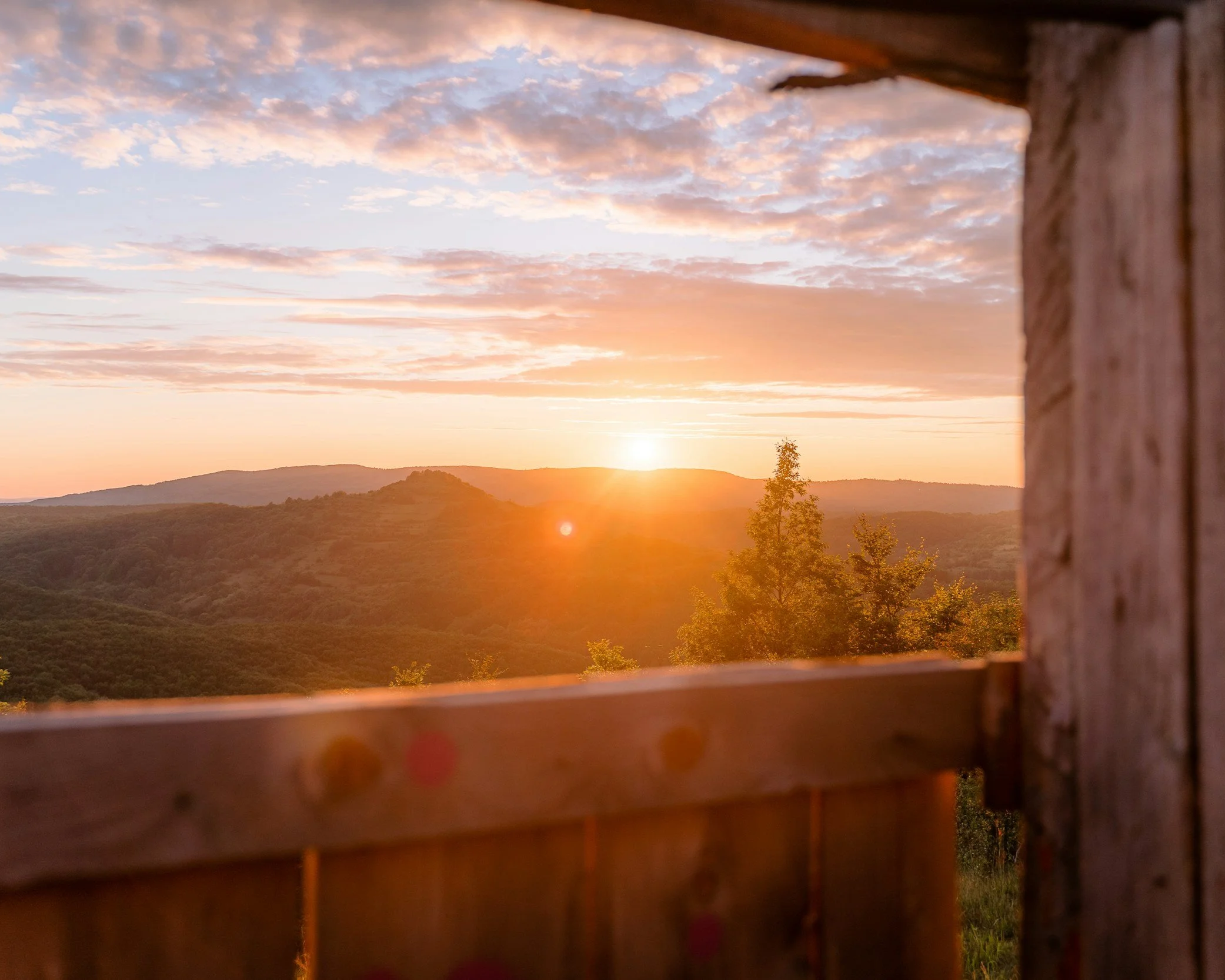‘Doing Nothing’
Meeting a friend for coffee, the first question is: So, what have you been doing? What follows is a list of things done- projects, excursions, activities: a shopping list of experiences. But behind all the doing there’s another way to experience and process the world. That’s the mysterious and enigmatic state called Being.
Being is not the same thing as relaxing, although you can relax in this state. It is also not zoning out or falling asleep. Being is receptive while Doing is active. If you think of Doing as a horizontal axis: How Much? Being is the vertical axis: How Deep?
Most experiences include qualities of both, plotted somewhere between Being and Doing. Others are more singular. For example- when you are multitasking- doing more than one thing at a time you are more strongly in Doing. When you’re in a meditative state, you’re more connected with Being.
Another way to think about these states is as speed. Doing is faster, Being is slower. When I’m riding my bike someplace- I get there faster, but the experience is spread out over a larger physical space- so I get impressions as I speed by- but not the same level of detail and connection with the environment as when I’m walking or say- laying under a tree. Both experiences are ‘true’, but one is more intimate, slower, gentler. The other is more active and lively.
In Western culture we tend to value being over doing. We may even think of being as a negative state- wasting time, doing nothing. Time is seen as a commodity, something to fill as if it were a container- the more you fill it with the better. As a result, many people feel guilty when they slow down or stop doing. They may also be used to the overstimulation of trying to do so much, consuming experiences without really digesting them, that they find slowing down difficult or uncomfortable and only do it unconsciously, while watching a movie or going to sleep. But all of us have had experiences with Being.
When you look up into a night sky full of stars and feel the vastness of everything- you are in a state of Being. One of the hallmarks of this state is a sense of wonder. Another is a feeling of connection with the world, other people and yourself. When you are Being, you are also more receptive and open. You might find yourself suddenly having an answer to a problem, or understand some subtle shift in a relationship. The information doesn’t come out of thinking, which is an active state. It simply arises- naturally and quietly out of you being you.
If you watch a young child, you will notice that they find everything interesting and investigate and spend large amounts of time doing things that are very simple like collecting rocks or watching birds or picking up and examining leaves that have fallen on the ground. In this open state, the world is endlessly fascinating, and there is nothing in it that does not hold the potential for deep exploration. What’s unfortunate is that as part of learning to do as adults do, children are taught to fill their time with more- and they lose this natural connection to themselves and the world.
But even if you haven’t connected with Being in a while it’s something you can cultivate and notice the change and space it brings to your life. One way to do this is by learning to meditate. When you meditate you practice being alert and present while sitting with your eyes closed. This process retrains your body and mind to sit calmly, to be open, to receive without going unconscious or falling asleep. There are many different types of meditation, and some are more structured than others. As an adult I tried many different types of meditation until I found one that worked best for me. This is the one I teach to others.
This type of meditation worked for me because it’s a bit more interactive than others. It’s also non- denominational. You don’t have to believe in anything to do it, just have a willingness to sit with yourself and see what arises. People often say that meditation is ‘boring’ or ‘hard’, and those can be things that come up in the retraining process. It’s like anything new- like going for a run for the first time in years. It might feel weird or uncomfortable at first- because you’re retraining your muscles. Once you’ve adjusted to it, you start to look forward to it because it feels good.
When I sit down to meditate, I’m looking at my internal space the way you might sit and take in a view.
I’m noticing what’s there and how I feel and I’m also using visualization tools to help create space where things are feeling stuck. It’s a little like a self-led energetic massage. Slow, curious and with the intention of helping me connect with myself and my body.
Being present can be just as much of a challenge as doing an intense workout. It requires some commitment and a lot of grace. But for me, the payoff has been immense. When you sit with yourself every day with the intention to be present- you begin to change and grow in ways that are life changing. If you’re curious to learn more about the practice I teach you can learn more here.


